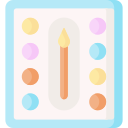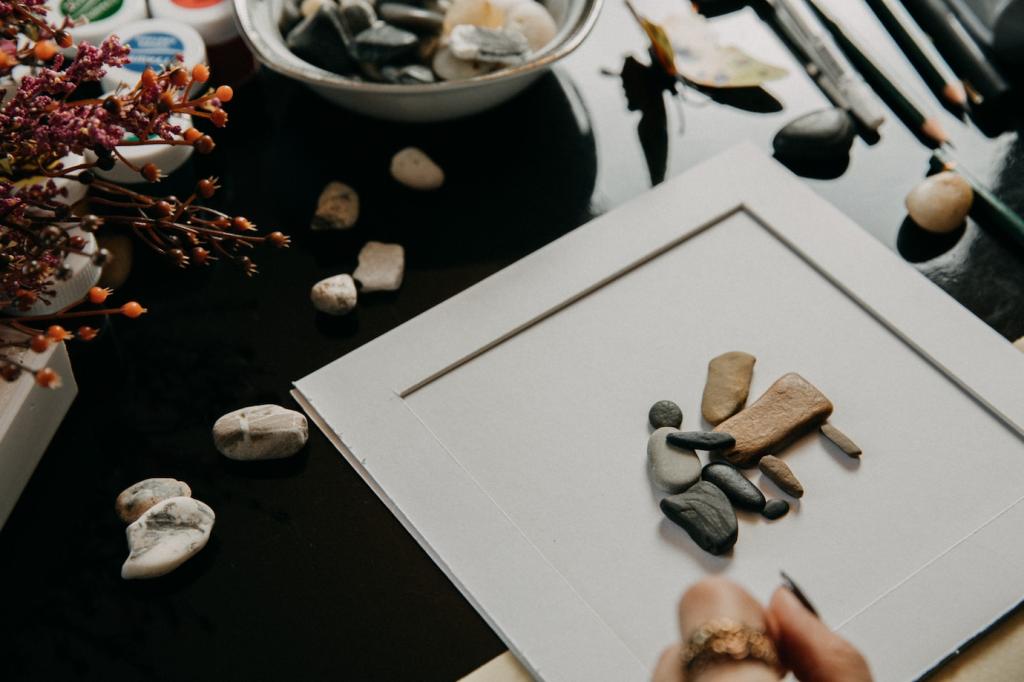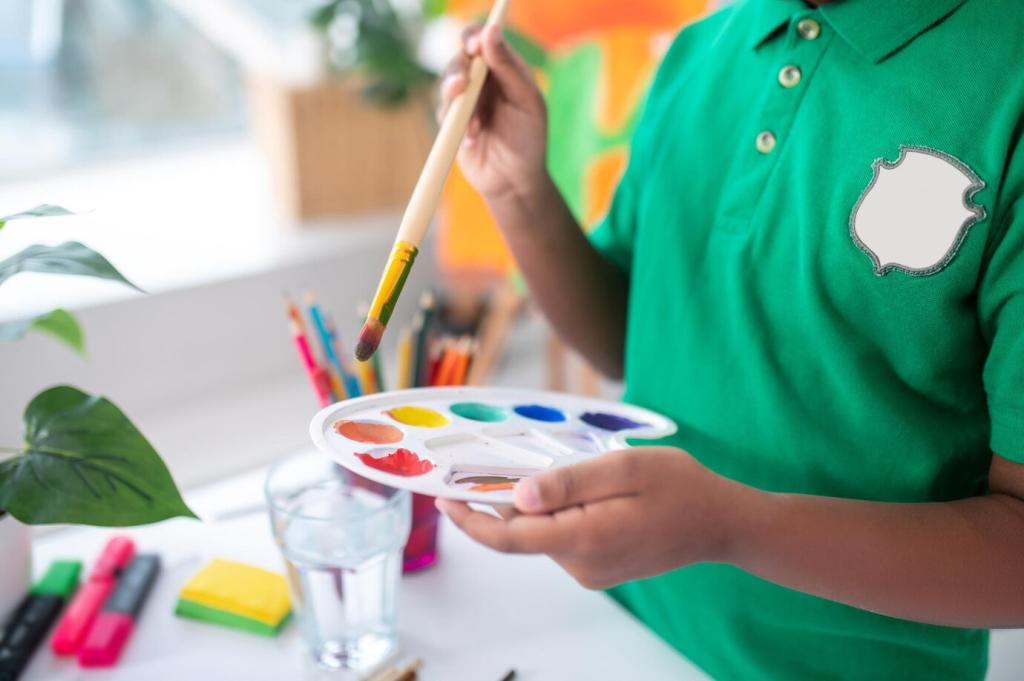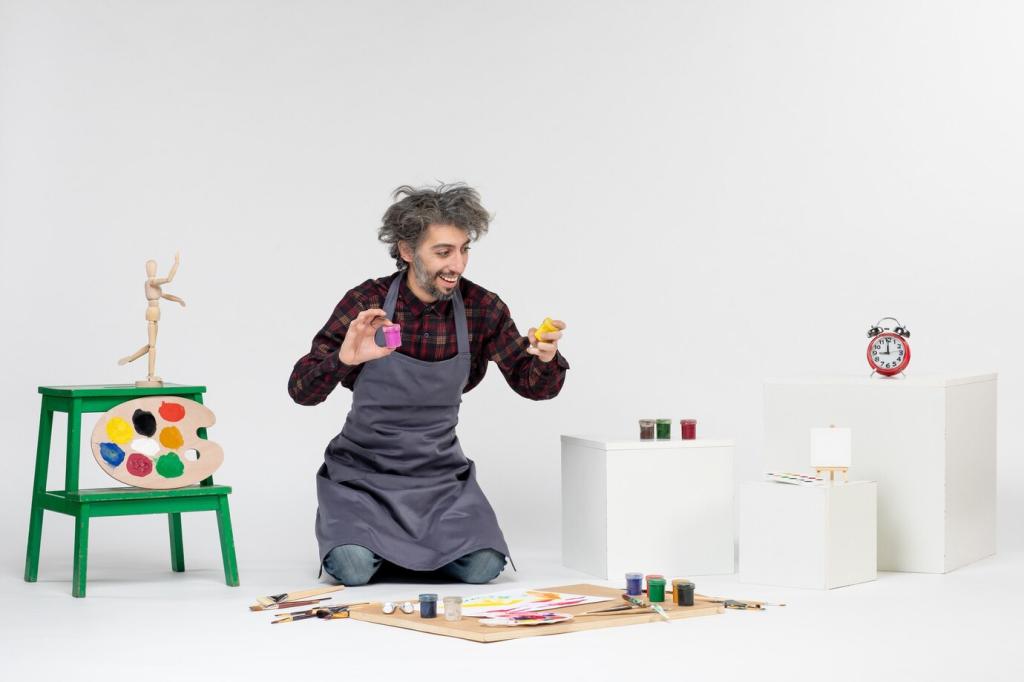Core Mindful Drawing Exercises for Anxiety Relief
Draw a square, then trace its four sides while breathing in, hold, out, hold. Repeat, building a calm grid. The measured pacing harnesses your attention, and the growing pattern shows visible progress. Share your preferred count to guide newcomers.
Core Mindful Drawing Exercises for Anxiety Relief
Choose an everyday object and draw its edge without looking at the page. Move your pen as slowly as your eyes travel. The awkward, honest lines invite acceptance and presence. Tell us what object you traced and how the pace shifted your thoughts.
Core Mindful Drawing Exercises for Anxiety Relief
Fill a page with gentle arcs, dots, and hatching. Repeat shapes like whispered mantras, letting rhythm soften inner noise. When your mind wanders, return to the next mark without scolding. Post one pattern that felt especially soothing and why.



